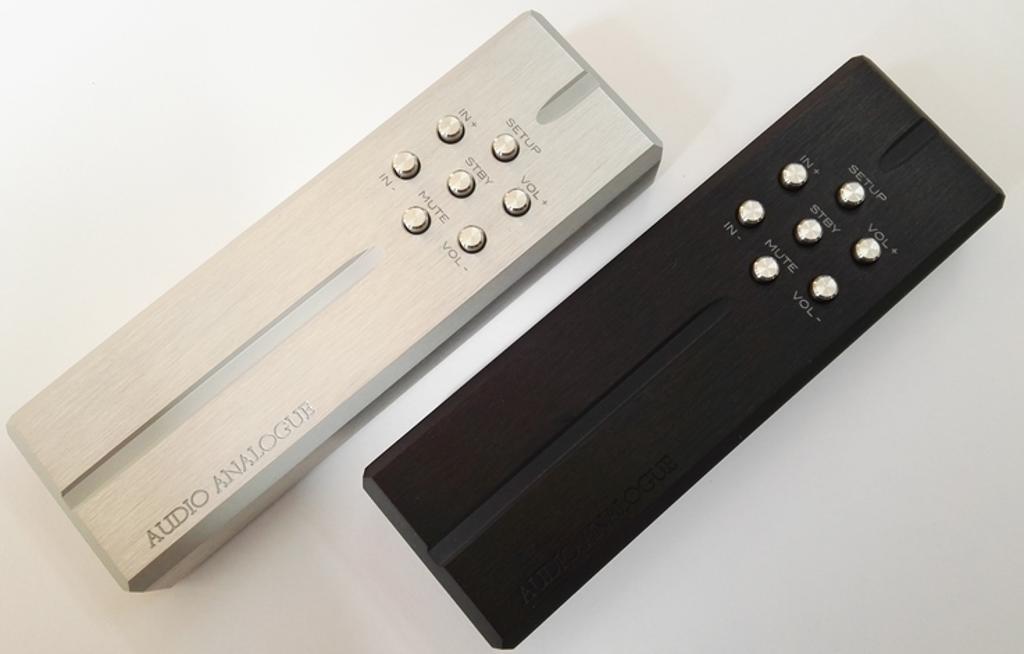The amplifier is fully thought of as composed of three separate elements. 1. Power. It ’made with a 600VA transformer for each channel. The rectifier bridge is realized with discrete diodes ultrafast 50A each. The filtering capacity is 16800μF by branch so the amplifier has a total filter of 67200μF. At the switching on, the inrush current is limited by resistors variable with the temperatures that after the powering are excluded from the signal path. 2. Amplifier. There are two amplifiers (right channel and left channel) totally separated each another both as ground, as power supply stages connections. They have no common link. Even the digital commands for the control of volume chip are optically isolated. It’s real a dual mono configuration. The copper footprints of the PCB have a double thickness compared to the standard to ensure the passage of large currents involved. The routing of the PCB has long been studied to optimize the signal paths and maintain the symmetry of the stages. 3. Preamplifier. Just like the power amp circuits also preamplifiers are dual mono. Immediately behind the input connectors there are relays for the channels switching followed by a discrete components buffer, to isolate the amplifier from the source. The maximum acceptable input voltage is approximately of 6VRMS. The buffers, both balanced as for the inputs as for the outputs, ranging for driving in class A the four(for each channel) volume chips. The latter, as in the case of the Puccini are simply strings of resistors without any operational inside them. This choice was made to not have any kind of global feedback within the Maestro. After the volume control stage we have the real preamp that amplifies up to about 12dB. The three elements described above are physically housed on three separate boards so it’s like having a power supply, a preamplifier and a separate power amp.
- Channels
- 2
- RCA inputs
- 3
- XLR inputs
- 2
- Input impedance
- 47KOhm
- Maximum input signal
- 6Vrms
- Power on 8Ω load
- 150W @ 1% THD + N
- Power on 4Ω load
- 300W @ 1% THD + N
- Power on 2Ω load
- 500W @ 1% THD + N
- Sensitivity(8Ω output nominal power)
- 720Rrms
- Frequency Response(Att. 0dB, -3dB band)
- 90KHz
- Output resistance(2Ω nominal power and 1kHz)
- 0.2Ohm
- Input Noise(Band limits 0Hz-80kHz/A-weighted)
- =20µV/=10µV
- SNR
- =100 dB
- Standby power consumption(230VAC)
- 0.7W
- Dimensions(HxWxD)
- 168x450x550 mm
- Weight
- 31 Kg









